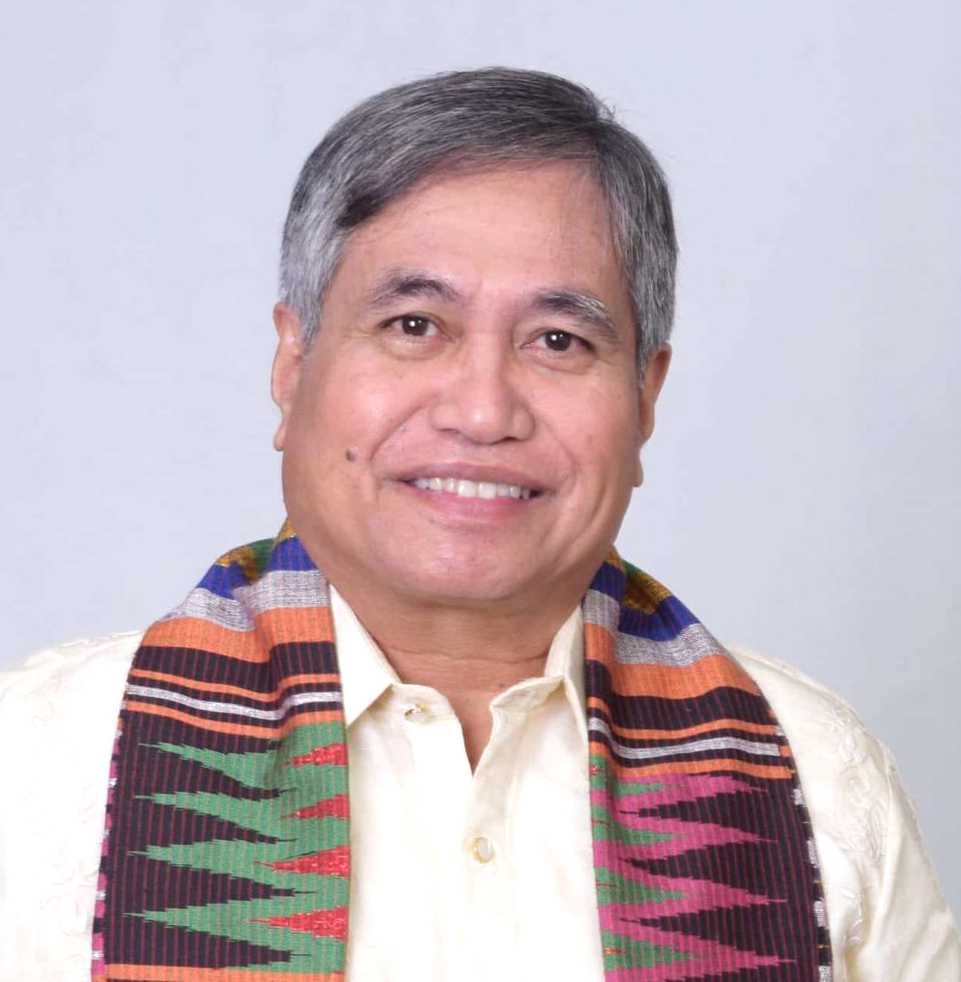FROM THE MARGINS

I have fond memories of Guimaras, although I have not had an opportunity to visit this beautiful island province for many years. Renowned for its pristine beaches and the world‘s sweetest mangoes, Guimaras is a thriving community with an interesting history, incredible landmarks and a great sense of environmental and agricultural responsibility. Last week, I also found out that it is a place where microfinance is making a difference in people’s lives.
After seven years, I was able to return to Guimaras. I was grateful to have met Teresita Ganila, a 52-year-old Ati who is a member of the indigenous peoples community living in Jordan. She grew up helping her mother collect raw materials from the mountains, so they can weave wallets for selling to tourists. These skills later helped to support her own family.
She used to make handicrafts for a private business that unfortunately, closed during the pandemic. Without any source of income, Teresita decided to open a sari-sari store using the ₱6,000 cash assistance that she received from the government. What little coin she can spare, she put inside a piggy bank. Later, she was surprised to learn that she was able to set aside ₱15,000 in savings! She used the contents of her piggy bank to buy merchandise for her sari-sari store and to purchase materials to make wallets. She turned her store into a “sari-sari shop,” which also sold handicrafts.
Teresita sold not just her native wallets but the goods produced by the other members of the Aeta community who traded with her their handicrafts for essential goods like soap, coffee, and food items. These ethnic handicrafts became popular to tourists after the pandemic. The Department of Trade and Industry assisted her with marketing and business registration, and so Teray's Ethnic Handicrafts was born. It was the fulfillment of her life-long dream.
Wanting to expand her business, Teresita joined a microfinance institution (MFI), where she initially borrowed ₱5,000. Since amortizations are paid in affordable weekly installments, she completed several loan cycles. Her current loan of ₱35,000 was also used for her business.
Nowadays, Teresita relies on local artisans to create a wide variety of hand-made goods. She supplies the raw materials to her contractors, also members of the Aeta community. She joins trade fairs and sells ethnic handicrafts not just in her shop, but in other retail outlets in Guimaras Wharf, the local Tourism office, and at Balai Ilonggo in Iloilo City. She earns roughly ₱260,000 a year.
Teresita has begun to sell her products online. Her Facebook page, Teray’s Ethnic Handicrafts, already has 85 followers.
As if meeting Teresita was not inspiring enough, I also had the chance to attend the Center Meeting of an MFI in Barangay Sta. Theresa, Jordan. It was a lively meeting attended by more than 20 members. Their high loan repayment rate was impressive – those who were not able to attend sent money to pay their dues!
I engaged the members in a lively discussion about the impact of microfinance on their families. I was very touched when they told me that their MFI helped them send their children to school. Many of them now have children who have graduated from college. Their children now help support the family; some are even working abroad. They also shared that with the MFIs’ help, they were able to have their houses constructed, extended, or repaired. Putting aside money for savings has also become an integral part of their lives.
Many members of the Center are entrepreneurs like Leny Rose Lagunday, who owns a tricycle, as well as a boat for fishing and hiring out to tourists. She said she earns about ₱2,500 daily during peak season. The MFI helps support her business, and she currently has a ₱115,000 loan. Another member, Alna Estillero, operates a sari-sari store in a construction site. According to her, their family had practically nothing when they first settled in Guimaras. With the help of her MFI, her three children were able to finish college. Her two older children are now helping their father in construction work and she has one child that is still studying. They were able to purchase a lot and build a house. She currently has a ₱10,000 loan but will repay that soon since she earns a good income from her business. Another member, Carlos Gabanto, is a 60-year-old retired seaman. He has his own ukay-ukay store and a tricycle. He has a current loan of ₱10,000 which he said he will surely pay from his ₱2,000 daily earnings.
Meeting these people in Guimaras is a blessing. Their stories will propel me on my journey, as testaments that microfinance is an effective way to lift people out of poverty. They made my recent visit to Guimaras truly special.
* * *
“When you leave a beautiful place, you carry it with you wherever you go.” - Alexandra Stoddard
(Dr. Jaime Aristotle B. Alip is a poverty eradication advocate. He is the founder of the Center for Agriculture and Rural Development Mutually-Reinforcing Institutions (CARD MRI).)